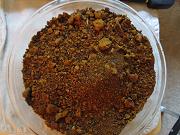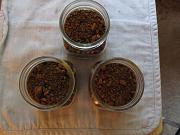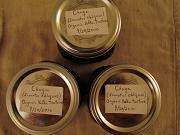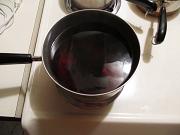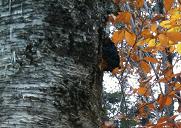Transformational Gardening
September 2010 Foraging Experiences
(Back to:
August 2010 Foraging Experiences)
(Forward to:
October 2010 Foraging Experiences)
September 11, 2010
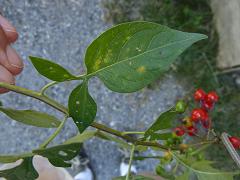

The following pictures of the Bittersweet Nightshade flower were taken on June 2, 2010.
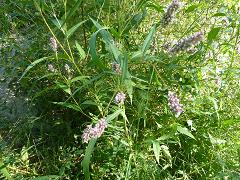
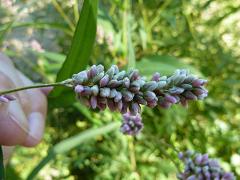
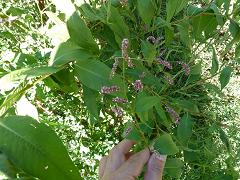
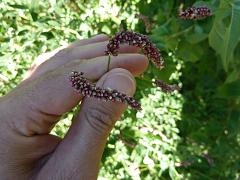
September 12, 2010
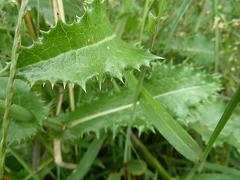
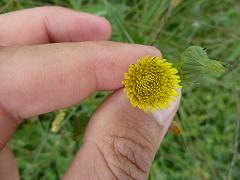
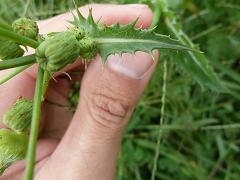
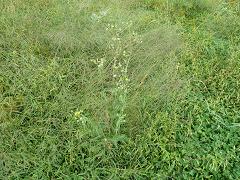
Silky Dogwood (Cornus amomum) (Also known as: Swida amomum)
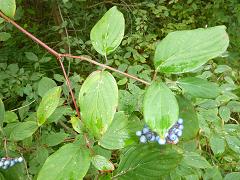
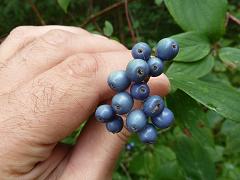
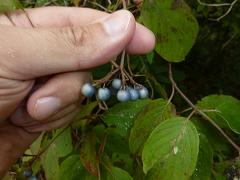
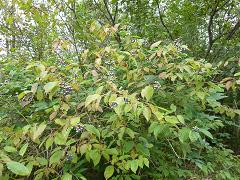
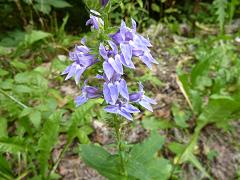
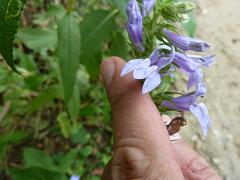
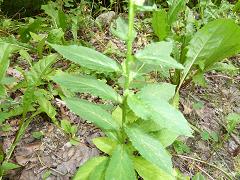
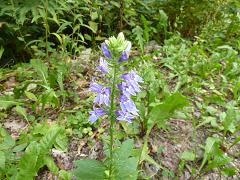
September 13, 2010
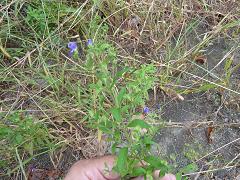
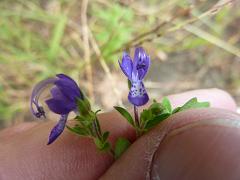
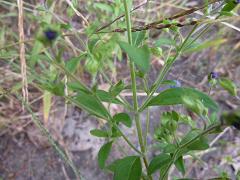
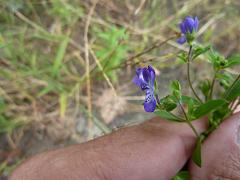
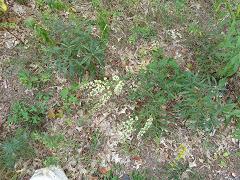
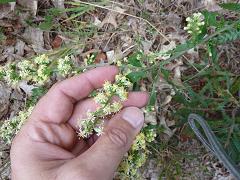
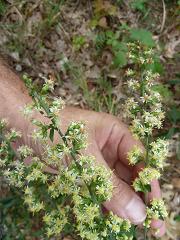
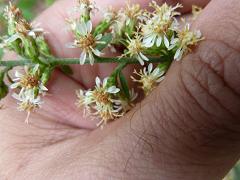
September 14, 2010
Well, my new Panasonic Lumix DMC-ZS7 camera is dead. It keeps giving me the
message, “System Error (Focus)”. I have tried all sort of things
to fix it and could not. I sent it off to Panasonic for a replacement which
I hope to get soon. So, now it‘s back to out of focus pictures or taking
5,000,000 pictures to get one good closeup from my iPhone. It‘s all okay,
though, because I get to be outside!
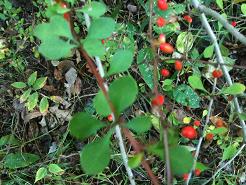
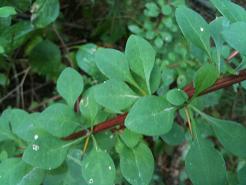 I love it when the trail guide on site lists some of the exact species that are on the trail.
Makes plant identification much easier!
I love it when the trail guide on site lists some of the exact species that are on the trail.
Makes plant identification much easier!
Japanese Barberry shrub that grows 3 to 6 feet tall often with many spiny branches. The spines
are thin, long and sharp! The branches are deeply grooved. At each node there are 2 - 6 spatula
to oval-shaped leaves. The leaf margins are untoothed (entire). The flowers (not pictured) appear
in mid-Spring to early Summer. Red fruit appears in the late Summer and early Fall and can last
through the Winter.
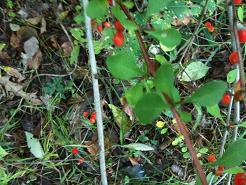
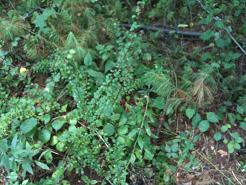 Japanese Barberry is very similar to Common Barberry (Berberis vulgaris) except that the
leaf margins of Japanese Barberry leaves are untoothed while the leaf margins of
Common Barberry leaves are finely toothed.
Japanese Barberry is very similar to Common Barberry (Berberis vulgaris) except that the
leaf margins of Japanese Barberry leaves are untoothed while the leaf margins of
Common Barberry leaves are finely toothed.
Ripe Japanese Barberry (and Common Barberry) fruit is edible, but very sour. Reportedly, it is
very good for jams and jellies and for juices after diluting and sweetening. The berries are
high in Vitamin C.
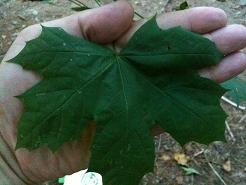
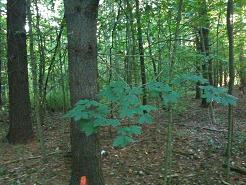 This was another plant listed on the trail guide.
This was another plant listed on the trail guide.
Norway Maple has lobed leaf typical of other maple trees. The leaves are opposite with 5 to 7
lobes that have sharply-pointed tips and several teeth. The spaces (sinuses) between the main leaf
lobes are rounded. The Norway Maple leaf is very similar to the Sugar Maple (Acer saccharum)
leaf. But the Norway Maple leaf has more teeth. Look at the second picture and notice the several
pointed-tipped teeth on each lobe and then compare that to a picture of the Sugar Maple leaf lobe
with little or no teeth that can be seen at the
Calphotos Sugar Maple web page.
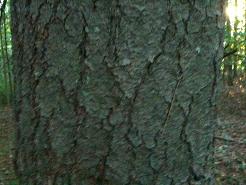
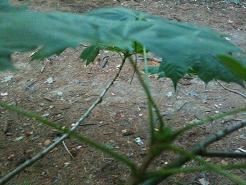 Reportedly, Norway Maple trees, like other maple trees, can be tapped for maple syrup. The sap of the leaves
is milky, but the syrup is clear.
Reportedly, Norway Maple trees, like other maple trees, can be tapped for maple syrup. The sap of the leaves
is milky, but the syrup is clear.
September 17, 2010
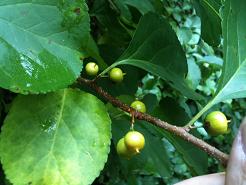
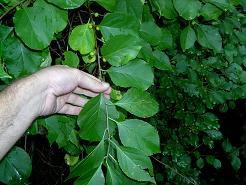 Oriental Bittersweet is a very aggressive, non-native invasive vine. It often covers
other trees. Even when there are no other trees to cover, the long
vines can climb around each other and grow to significant heights (over 10 feet).
Oriental Bittersweet is a very aggressive, non-native invasive vine. It often covers
other trees. Even when there are no other trees to cover, the long
vines can climb around each other and grow to significant heights (over 10 feet).
The leaves are opposite and somewhat roundish. The leaf margins are toothed and the leaf
tip is pointed to rounded. The berries (fruit) grow in clusters of 3-7 in the axil
of the leaf. Female flowers (not shown) also grow next to each leaf axil. The fruit
has a yellow covering (see picture). This covering splits open in the Fall to reveal
the red berry.
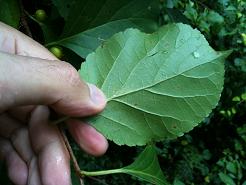
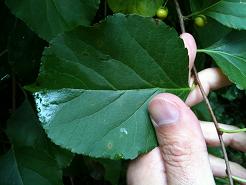 A similar species, American Bittersweet (Celastrus scandens) has female flowers
and fruit in terminal panicles (clusters) at the end of the stem (not in each leaf axil).
The fruit covering tends to be more orange for American Bittersweet. Finally, the leaf
shape for American Bittersweet tends to be less round, but that is not a reliable way
to differentiate the species.
A similar species, American Bittersweet (Celastrus scandens) has female flowers
and fruit in terminal panicles (clusters) at the end of the stem (not in each leaf axil).
The fruit covering tends to be more orange for American Bittersweet. Finally, the leaf
shape for American Bittersweet tends to be less round, but that is not a reliable way
to differentiate the species.
The berries are bitter-tasting and not edible for humans.
September 18, 2010
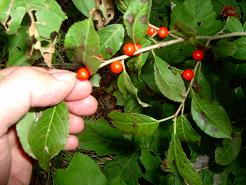
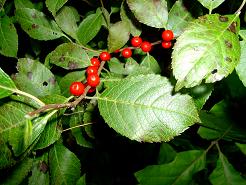 Winterberry bushes are in the same “Holly” genus (Ilex) as Inkberry (Ilex glabra)
and Mountain Holly (Ilex mucronata). Winterberry is known for its bright red
berries that add a firey color to the landscape, especially after the leaves fall
off the bush in the Fall. The berries stay on the bush all Winter.
Winterberry bushes are in the same “Holly” genus (Ilex) as Inkberry (Ilex glabra)
and Mountain Holly (Ilex mucronata). Winterberry is known for its bright red
berries that add a firey color to the landscape, especially after the leaves fall
off the bush in the Fall. The berries stay on the bush all Winter.
The leaves are alternate and grow densely on the branches. The margins are
sharply-toothed. The fruit is bright red and glossy -- only present on the female
plants. The fruit is held close to the stem, singly or in pairs. The bark is brown to
dark gray and is smooth with some lenticels (pores).
The berries are not edible for humans, but birds will eat them.
These images were taken of a Common Winterberry bush several miles from the
pictures above.
September 19, 2010
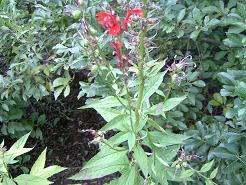
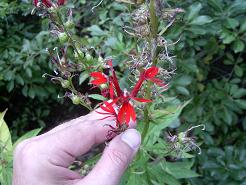
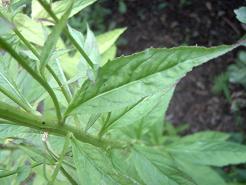
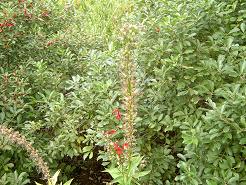
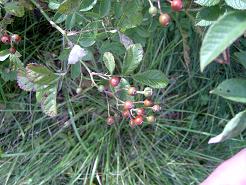
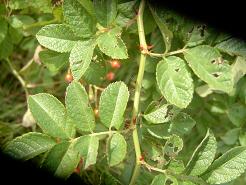
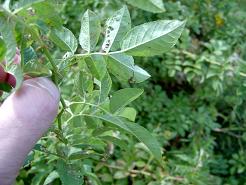
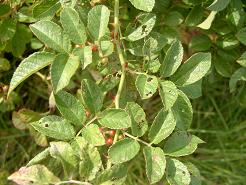
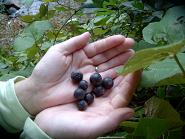
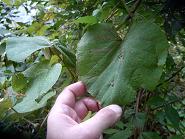 Harvested a large amount of Fox Grapes today. The plumb, juicy ones are very
sweet and tastier than supermarket grapes. But the pulp is a little chewy.
Harvested a large amount of Fox Grapes today. The plumb, juicy ones are very
sweet and tastier than supermarket grapes. But the pulp is a little chewy.
There are some key differences between the Fox Grape and the Riverbank Grape plants
(See Riverbank Grape plant pictures
here.)
Notice that the leaf of the Fox Grape has much smaller teeth and lobes than the Riverbank
Grape leaf. The back of the Fox Grape leaf has a whitish or copperish colored hairy or
felt-like surface. The back of the Riverbank Grape leaf has some hairs, but not many. The
grapes of the Riverbank Grape tend to be small (more like supermarket grapes) and more
sour-tasting. The grapes of the Fox Grape tend to be larger and more sweet, especially
if fully ripe.
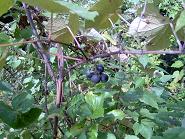
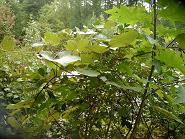 Wild grape plants are not vines that are herbaceous and die off each year. They are
“liana” which are woody, vine-like growths that do not die back each year.
All of the wild grape species have tendrils for climing that are opposite a leaf. All
wild grape species have maple-like leaves.
Wild grape plants are not vines that are herbaceous and die off each year. They are
“liana” which are woody, vine-like growths that do not die back each year.
All of the wild grape species have tendrils for climing that are opposite a leaf. All
wild grape species have maple-like leaves.
The grapes of Riverbank Grape tend to be higher in tartrate crystals which can be
irritating to the digestive system for some individuals. The grapes of Fox Grape
have lower levels of tartrate crystals. To get rid of tartrate crystals, mash the grapes
into juice. Let the juice settle overnight. In the morning, a sludge will appear at
the bottom of the jar that contains much of the tartrate. Carefully pour off the juice
and discard the sludge.
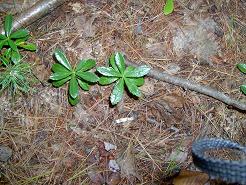
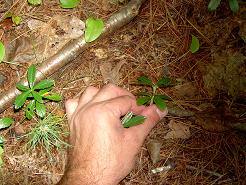
September 20, 2010
It is the height of the berry-picking season and I am working hard to identify new
berry plants before the season ends. If I can identify them this year, then I can
visit the plants in different seasons to learn what they look like. Want to be
careful not to work too hard and burn out, but I do want to learn plants this year
and focus more on collecting/using the plants next year. A few days ago, I saw a
Glossy Buckthorn plant and went back today to take pictures, but if was gone.
I will go back tomorrow at lunch and see if I can track it down.
Purple Chokeberry (Aronia prunifolia) (Also known as Photinia floribunda)
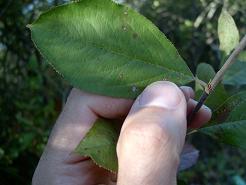
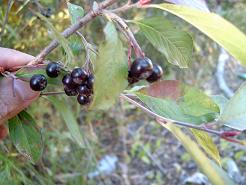 There are three varieties of Chokeberry in New Hampshire: Purple Chokeberry
(Aronia prunifolia). Black Chokeberry (Aronia melanocarpa) and
Red Chokeberry (Aronia arbutifolia). However, the scientific names
are some sort of botanical nightmare. Some botanists have put Chokeberries
under the genus Photinia with differing species names. Some have put
Chokeberries under the genus Pyrus. It is probably easiest to call
them Chokeberry or Aronia.
There are three varieties of Chokeberry in New Hampshire: Purple Chokeberry
(Aronia prunifolia). Black Chokeberry (Aronia melanocarpa) and
Red Chokeberry (Aronia arbutifolia). However, the scientific names
are some sort of botanical nightmare. Some botanists have put Chokeberries
under the genus Photinia with differing species names. Some have put
Chokeberries under the genus Pyrus. It is probably easiest to call
them Chokeberry or Aronia.
One very distinctive identifying feature of the Chokeberry leaves is that they
have tiny black hairs on the midrib (middle vein) of the upper leaf surface.
If you click on and expand the picture on the right (you may have to click a
second time to expand it further), you will see tiny black hairs on the midrib.
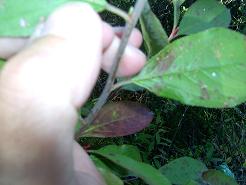
 The leaves of Chokeberry are alternate. Notice also that the teeth on the leaves are
very small and rounded (crenate). The leaf is smaller at the bottom and wider at the
top. The top of the leaf has a short, pointy tip. The veins start out pinnately at
the middle vein (perpendicular to the middle vein), but then turn upwards and run
parallel to each other and the middle vein (arcuate). The flowers (not shown) are
white with four petals.
The leaves of Chokeberry are alternate. Notice also that the teeth on the leaves are
very small and rounded (crenate). The leaf is smaller at the bottom and wider at the
top. The top of the leaf has a short, pointy tip. The veins start out pinnately at
the middle vein (perpendicular to the middle vein), but then turn upwards and run
parallel to each other and the middle vein (arcuate). The flowers (not shown) are
white with four petals.
Some botanists believe that Purple Chokeberry is a cross between the Black Chokeberry
and the Red Chokeberry. Red Chokeberry has signficant matted hairs on the backs of
the leaves and the flower stems. Black Chokeberry has hairless backs of the leaves
and flower stems. The Purple Chokeberry has some hairs on the backs of the leaves
and a thin gray or white mat of hairs on the flower stem.
Chokeberry has been found in recent research by the U.S. Department of Agriculture
to help regulate the proper weight and glucose levels.
Chokeberry is a fruit that can be used to make a pressed juice. The pulp is bitter
so it is best to mash the fruit with Spring water and then press through a bag
such as a jelly bag. The juice can be used to make jelly. I pressed the picked
berries into juice and squeezed through a bag to avoid getting the pulp. The
taste was excellent! See the images of the picked berries and
juice below.
September 21, 2010
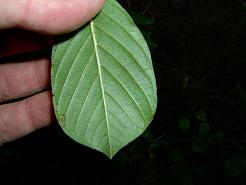
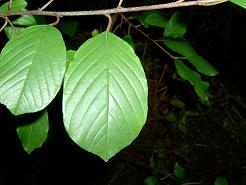
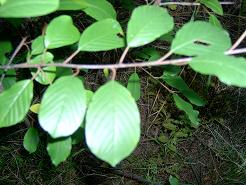
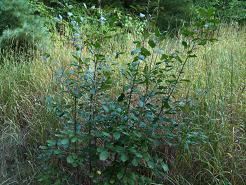
September 24-26, 2010
I went to a Fall Foraging class with
Arthur Haines of the Delta Institute. The
course was on Friday (7pm-9pm), Saturday (8am-9pm) and Sunday (8am - Noon) with
a lecture, extensive plant walks/harvesting that included very detailed plant
identification and use information. In addition, we learned to process wild
rice, acorns, Autumn Olive berries and made a double extraction of Chaga.
Pictures from the class can be seen on the following web page:
http://www.transformationalgardening.com/forage/foraging-2010-fallclass.html
It was a fun class and I learned quite a bit about processing calorie-dense
food ingredients such as acorns and wild rice.
September 30, 2010
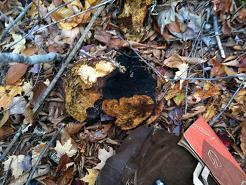
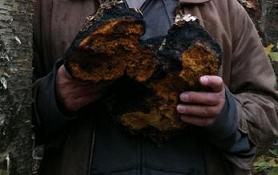 Chaga harvested on October 18, 2009. Tea and tincture made on September 30, 2010.
Chaga harvested on October 18, 2009. Tea and tincture made on September 30, 2010.
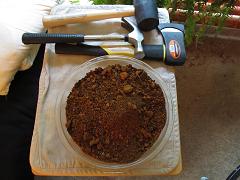
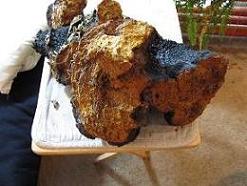
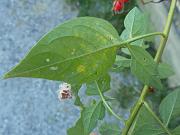
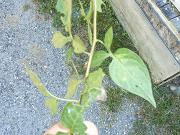
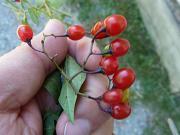





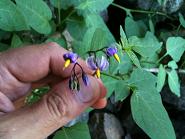
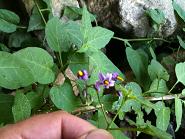
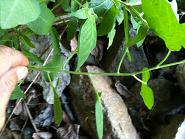


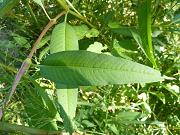
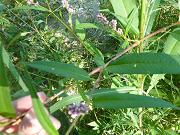
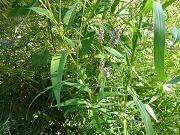
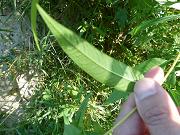


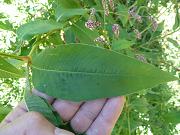
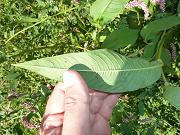
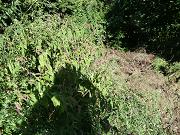
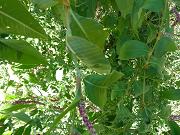




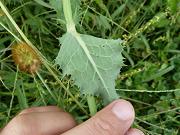
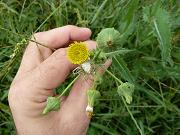
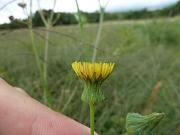
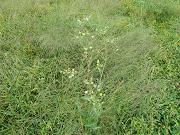




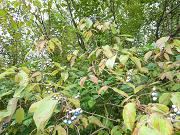
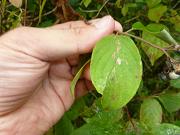
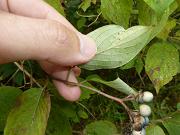
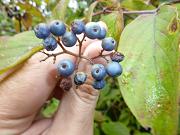




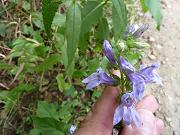
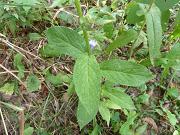
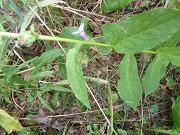




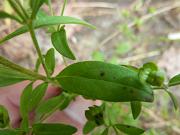
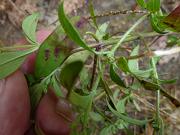
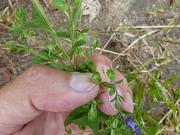
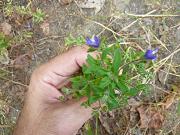




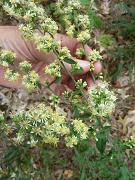
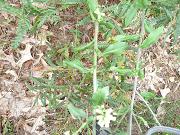

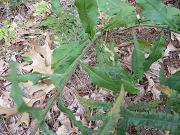

 I love it when the trail guide on site lists some of the exact species that are on the trail.
Makes plant identification much easier!
I love it when the trail guide on site lists some of the exact species that are on the trail.
Makes plant identification much easier!
 Japanese Barberry is very similar to Common Barberry (Berberis vulgaris) except that the
leaf margins of Japanese Barberry leaves are untoothed while the leaf margins of
Common Barberry leaves are finely toothed.
Japanese Barberry is very similar to Common Barberry (Berberis vulgaris) except that the
leaf margins of Japanese Barberry leaves are untoothed while the leaf margins of
Common Barberry leaves are finely toothed.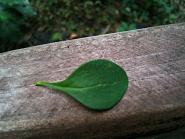
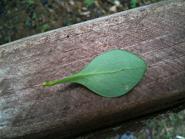
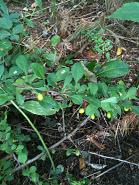
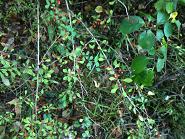
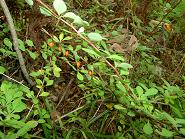
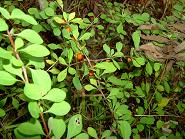
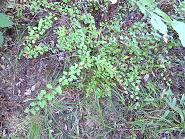

 This was another plant listed on the trail guide.
This was another plant listed on the trail guide.
 Reportedly, Norway Maple trees, like other maple trees, can be tapped for maple syrup. The sap of the leaves
is milky, but the syrup is clear.
Reportedly, Norway Maple trees, like other maple trees, can be tapped for maple syrup. The sap of the leaves
is milky, but the syrup is clear.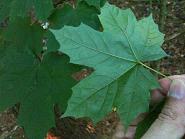
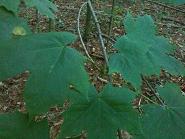
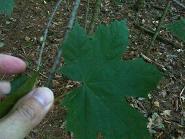
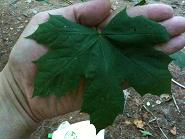

 Oriental Bittersweet is a very aggressive, non-native invasive vine. It often covers
other trees. Even when there are no other trees to cover, the long
vines can climb around each other and grow to significant heights (over 10 feet).
Oriental Bittersweet is a very aggressive, non-native invasive vine. It often covers
other trees. Even when there are no other trees to cover, the long
vines can climb around each other and grow to significant heights (over 10 feet).
 A similar species, American Bittersweet (Celastrus scandens) has female flowers
and fruit in terminal panicles (clusters) at the end of the stem (not in each leaf axil).
The fruit covering tends to be more orange for American Bittersweet. Finally, the leaf
shape for American Bittersweet tends to be less round, but that is not a reliable way
to differentiate the species.
A similar species, American Bittersweet (Celastrus scandens) has female flowers
and fruit in terminal panicles (clusters) at the end of the stem (not in each leaf axil).
The fruit covering tends to be more orange for American Bittersweet. Finally, the leaf
shape for American Bittersweet tends to be less round, but that is not a reliable way
to differentiate the species.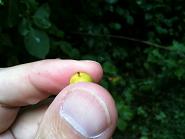
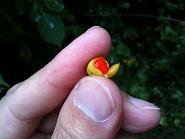
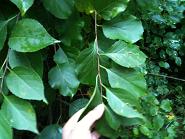


 Winterberry bushes are in the same “Holly” genus (Ilex) as Inkberry (Ilex glabra)
and Mountain Holly (Ilex mucronata). Winterberry is known for its bright red
berries that add a firey color to the landscape, especially after the leaves fall
off the bush in the Fall. The berries stay on the bush all Winter.
Winterberry bushes are in the same “Holly” genus (Ilex) as Inkberry (Ilex glabra)
and Mountain Holly (Ilex mucronata). Winterberry is known for its bright red
berries that add a firey color to the landscape, especially after the leaves fall
off the bush in the Fall. The berries stay on the bush all Winter.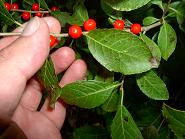
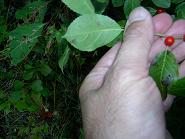
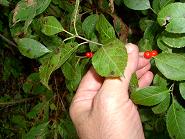
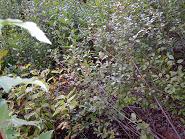
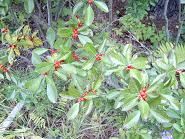
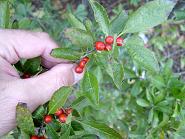
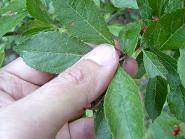
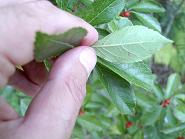
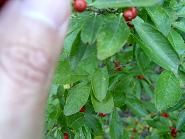




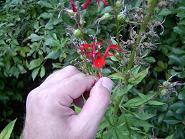
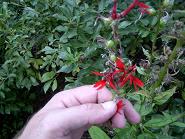
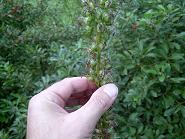

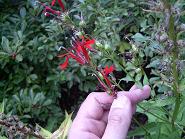





 Harvested a large amount of Fox Grapes today. The plumb, juicy ones are very
sweet and tastier than supermarket grapes. But the pulp is a little chewy.
Harvested a large amount of Fox Grapes today. The plumb, juicy ones are very
sweet and tastier than supermarket grapes. But the pulp is a little chewy.
 Wild grape plants are not vines that are herbaceous and die off each year. They are
“liana” which are woody, vine-like growths that do not die back each year.
All of the wild grape species have tendrils for climing that are opposite a leaf. All
wild grape species have maple-like leaves.
Wild grape plants are not vines that are herbaceous and die off each year. They are
“liana” which are woody, vine-like growths that do not die back each year.
All of the wild grape species have tendrils for climing that are opposite a leaf. All
wild grape species have maple-like leaves.


 There are three varieties of Chokeberry in New Hampshire: Purple Chokeberry
(Aronia prunifolia). Black Chokeberry (Aronia melanocarpa) and
Red Chokeberry (Aronia arbutifolia). However, the scientific names
are some sort of botanical nightmare. Some botanists have put Chokeberries
under the genus Photinia with differing species names. Some have put
Chokeberries under the genus Pyrus. It is probably easiest to call
them Chokeberry or Aronia.
There are three varieties of Chokeberry in New Hampshire: Purple Chokeberry
(Aronia prunifolia). Black Chokeberry (Aronia melanocarpa) and
Red Chokeberry (Aronia arbutifolia). However, the scientific names
are some sort of botanical nightmare. Some botanists have put Chokeberries
under the genus Photinia with differing species names. Some have put
Chokeberries under the genus Pyrus. It is probably easiest to call
them Chokeberry or Aronia.
 The leaves of Chokeberry are alternate. Notice also that the teeth on the leaves are
very small and rounded (crenate). The leaf is smaller at the bottom and wider at the
top. The top of the leaf has a short, pointy tip. The veins start out pinnately at
the middle vein (perpendicular to the middle vein), but then turn upwards and run
parallel to each other and the middle vein (arcuate). The flowers (not shown) are
white with four petals.
The leaves of Chokeberry are alternate. Notice also that the teeth on the leaves are
very small and rounded (crenate). The leaf is smaller at the bottom and wider at the
top. The top of the leaf has a short, pointy tip. The veins start out pinnately at
the middle vein (perpendicular to the middle vein), but then turn upwards and run
parallel to each other and the middle vein (arcuate). The flowers (not shown) are
white with four petals.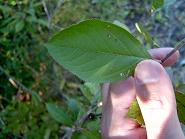
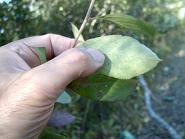
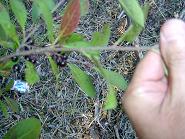
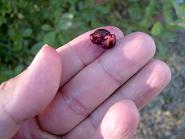
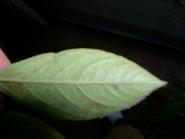
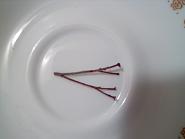
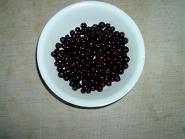
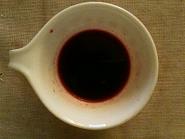




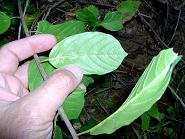
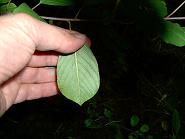
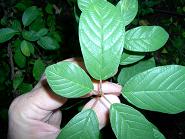
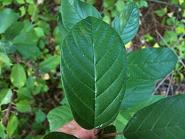
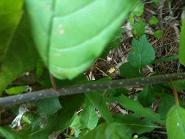
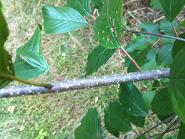
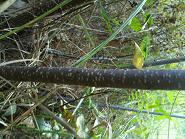
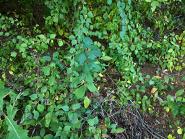

 Chaga harvested on October 18, 2009. Tea and tincture made on September 30, 2010.
Chaga harvested on October 18, 2009. Tea and tincture made on September 30, 2010.

